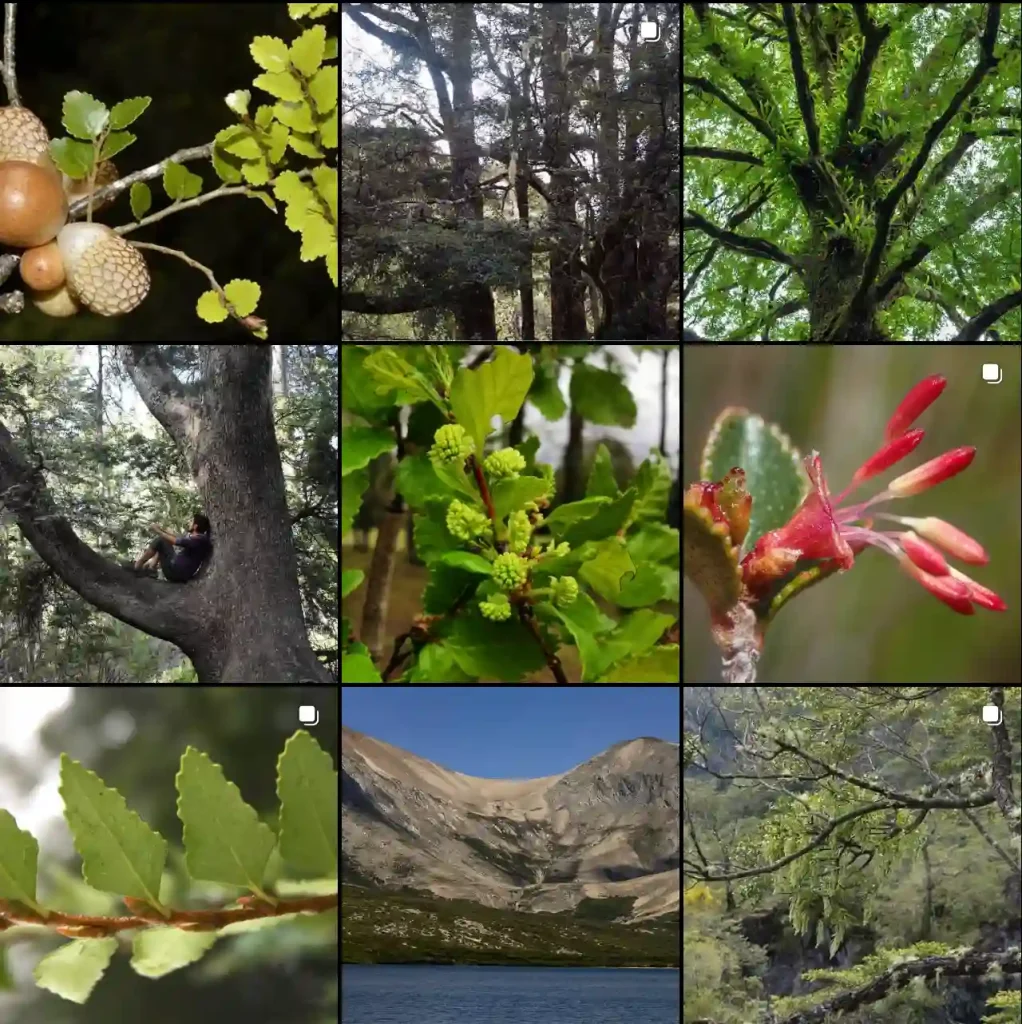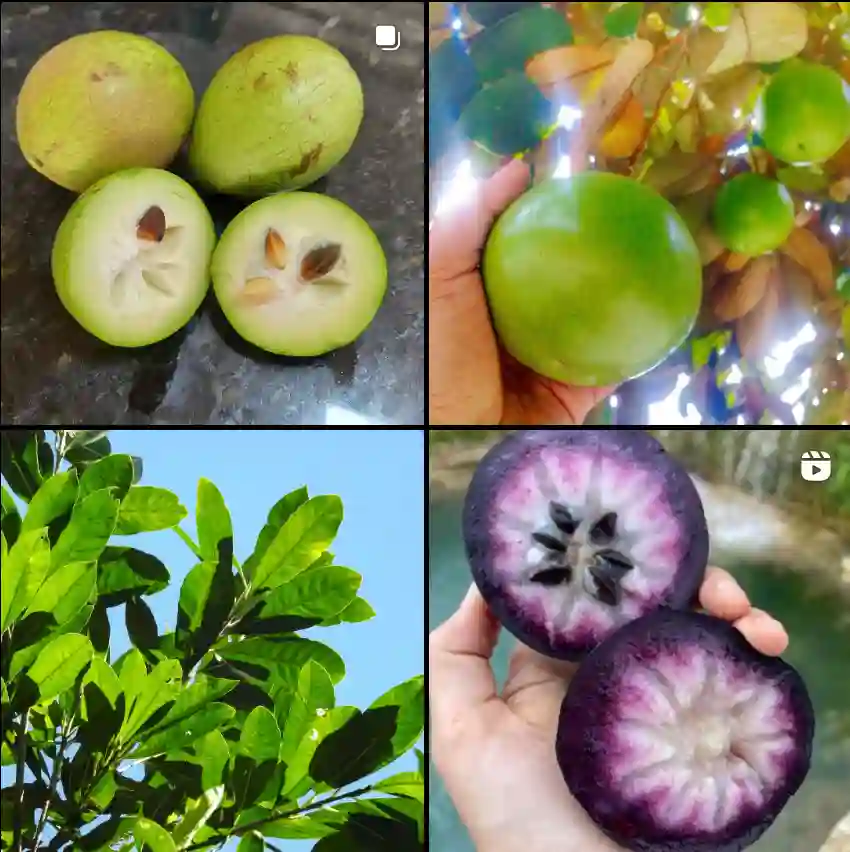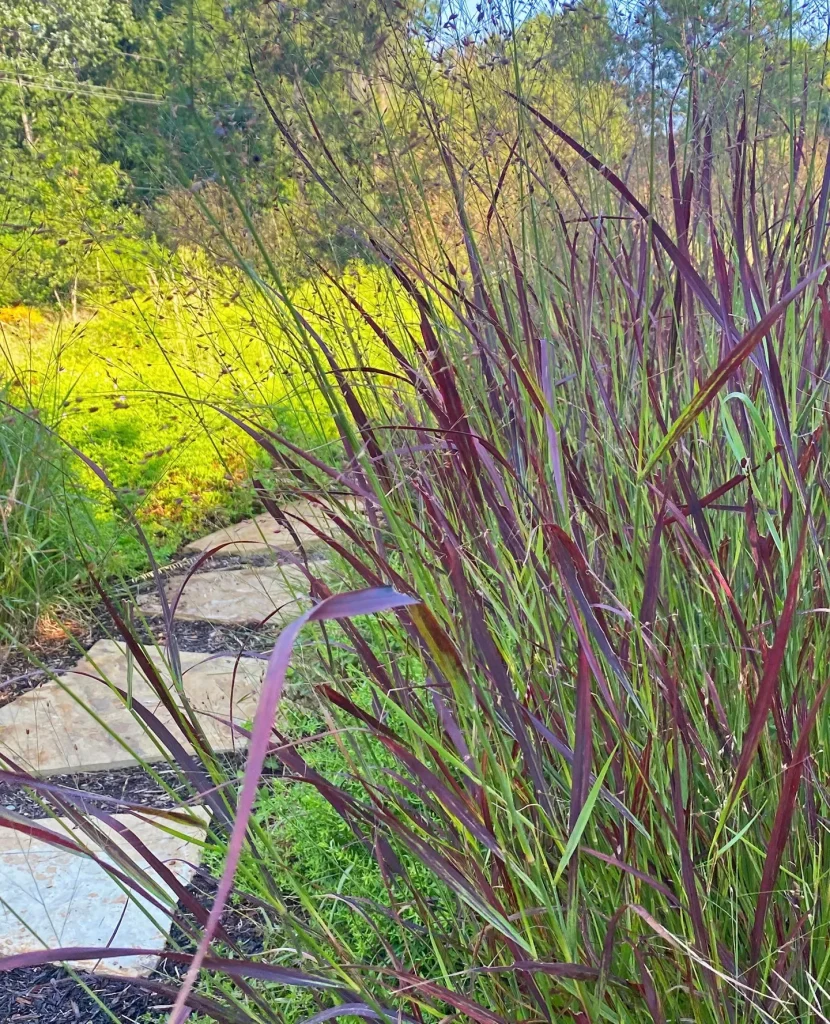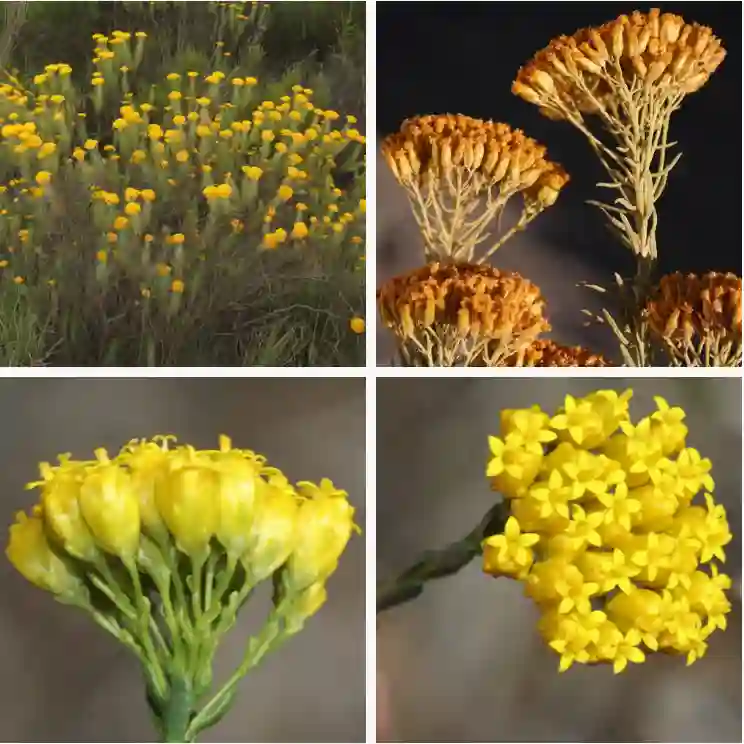Lilies: A Floral Love Affair
My name is Ferb Vu, and I have a confession to make: I’m utterly captivated by lilies. These majestic flowers, belonging to the genus Lilium, have held me spellbound since childhood. Their elegant forms, vibrant colors, and intoxicating fragrance evoke a sense of wonder and tranquility that few other blooms can match.
As a passionate gardener and botany enthusiast, I’ve dedicated countless hours to cultivating and studying these botanical gems. The Lilium genus boasts a remarkable diversity, with over 100 recognized species scattered across the globe. From the towering giants of the Himalayas to the delicate woodland lilies of North America, each species possesses a unique charm.
Let’s delve into the fascinating world of lilies, exploring their captivating characteristics and the sheer variety they offer.
A Tapestry of Diversity: Lilium Species
The Lilium genus is a member of the Liliaceae family, a group known for its showy flowers and bulbous growth habit. Lilies are primarily native to temperate regions of the Northern Hemisphere, with a significant concentration in Asia.
Here are:
- Lilium auratum: The golden-rayed lily of Japan, renowned for its massive, fragrant blooms adorned with golden bands and crimson spots. Plant FAQs: Lilium Auratum
- Lilium candidum: The Madonna lily, a symbol of purity and innocence with its pristine white flowers and a history steeped in religious and cultural significance.
- Lilium lancifolium: The tiger lily, a bold and striking species with fiery orange flowers speckled with black spots. Plant FAQs: Tiger Lily – Lilium Lancifolium
- Lilium longiflorum: The Easter lily, a symbol of hope and renewal with its trumpet-shaped white flowers and powerful fragrance. Plant FAQs: Lilium Longiflorum – Easter Lily
- Lilium martagon: The Turk’s cap lily, a graceful species with pendulous, turban-shaped flowers in shades of pink, purple, and white.
- Lilium pardalinum: The leopard lily, a North American native with vibrant orange-red flowers spotted with maroon.
- Lilium regale: The regal lily, a majestic species from China with large, trumpet-shaped white flowers and a sweet, intoxicating perfume. Plant FAQs: Lilium Regale
- Lilium speciosum: The Japanese show lily, a late-blooming species with recurved petals in shades of pink, red, and white, often adorned with prominent spots. Plant FAQs: Lilium Speciosum
- Lilium akkusianum Gämperle
- Lilium albanicum Griseb.
- Lilium amabile Palib.
- Lilium amoenum E.H.Wilson ex Sealy
- Lilium apertum Franch.
- Lilium arboricola Stearn
- Lilium armenum (Miscz. ex Grossh.) Manden.
- Lilium assamicum Kingdon-Ward
- Lilium bakerianum Collett & Hemsl.
- Lilium basilissum (Farrer ex W.E.Evans) Y.D.Gao
- Lilium bolanderi S.Watson
- Lilium bosniacum (Beck) Fritsch
- Lilium brevistylum (S.Yun Liang) S.Yun Liang
- Lilium brownii Lemoinier Plant FAQs: Lilium Brownii
- Lilium buchenavii Focke ex R.J.Koch
- Lilium bulbiferum L.
- Lilium callosum Siebold & Zucc.
- Lilium canadense L.
- Lilium carniolicum Bernh. ex W.D.J.Koch
- Lilium catesbaei Walter
- Lilium cernuum Kom.
- Lilium chalcedonicum L.
- Lilium ciliatum P.H.Davis
- Lilium columbianum Leichtlin
- Lilium concolor Salisb.
- Lilium davidii Duch. ex Elwes
- Lilium debile Kittlitz
- Lilium distichum Nakai ex Kamib.
- Lilium duchartrei Franch.
- Lilium × elegans Thunb.
- Lilium eupetes J.M.H.Shaw
- Lilium fargesii Franch.
- Lilium floridum J.L.Ma & Yan J.Li
- Lilium formosanum A.Wallace
- Lilium georgei (W.E.Evans) Sealy
- Lilium gongshanense (Y.D.Gao & X.J.He) Y.D.Gao
- Lilium grayi S.Watson
- Lilium hansonii Leichtlin ex D.D.T.Moore
- Lilium henrici Franch.
- Lilium henryi Baker
- Lilium humboldtii Leichtlin
- Lilium iridollae M.G.Henry
- Lilium jankae A.Kern.
- Lilium japonicum Thunb. ex Houtt.
- Lilium kelleyanum Lemmon
- Lilium kelloggii Purdy
- Lilium kesselringianum Miscz.
- Lilium lalashanense S.S.Ying
- Lilium lankongense Franch.
- Lilium ledebourii (Baker) Boiss.
- Lilium leichtlinii Hook.f. Plant FAQs: Lilium Leichtlinii
- Lilium leucanthum (Baker) Baker
- Lilium linearifolianum S.S.Ying
- Lilium lophophorum (Bureau & Franch.) Franch.
- Lilium mackliniae Sealy
- Lilium maculatum Thunb.
- Lilium maritimum Kellogg
- Lilium matangense J.M.Xu
- Lilium medeoloides A.Gray
- Lilium medogense S.Yun Liang
- Lilium meleagrina (Franch.) Y.D.Gao
- Lilium michauxii Poir.
- Lilium michiganense Farw.
- Lilium monadelphum Adams
- Lilium nanum Klotzsch
- Lilium nepalense D.Don
- Lilium nobilissimum (Makino) Makino
- Lilium occidentale Purdy
- Lilium oxypetalum (D.Don) Baker
- Lilium papilliferum Franch.
- Lilium paradoxum Stearn
- Lilium pardanthinum (Franch.) Y.D.Gao
- Lilium parryi S.Watson Plant FAQs: Lilium Parryi
- Lilium parvum Kellogg
- Lilium pensylvanicum Ker Gawl.
- Lilium philadelphicum L. Plant FAQs: Lilium Philadelphicum
- Lilium philippinense Baker
- Lilium pinifolium L.J.Peng
- Lilium polyphyllum D.Don
- Lilium pomponium L.
- Lilium ponticum K.Koch
- Lilium primulinum Baker
- Lilium procumbens Aver. & N.Tanaka
- Lilium pumilum Redouté
- Lilium punctulatum (Sealy) Yu Mei Yuan & Y.D.Gao
- Lilium pyi H.Lév.
- Lilium pyrenaicum Gouan
- Lilium pyrophilum M.W.Skinner & Sorrie
- Lilium rhodopeum Delip.
- Lilium rosthornii Diels
- Lilium rubellum Baker
- Lilium rubescens S.Watson
- Lilium saluenense (Balf.f.) S.Yun Liang
- Lilium sargentiae E.H.Wilson
- Lilium sealyi Y.D.Gao
- Lilium sempervivoideum H.Lév.
- Lilium sherriffiae Stearn
- Lilium × shimenianum S.S.Ying
- Lilium souliei (Franch.) Sealy
- Lilium stewartianum Balf.f. & W.W.Sm.
- Lilium sulphureum Baker ex Hook.f.
- Lilium superbum L.
- Lilium synapticum (Sealy) Y.D.Gao
- Lilium szovitsianum Fisch. & Avé-Lall.
- Lilium taliense Franch.
- Lilium tenii H.Lév.
- Lilium tianschanicum N.A.Ivanova ex Grubov
- Lilium tsingtauense Gilg
- Lilium ukeyuri Veitch ex R.Hogg
- Lilium wallichianum Schult. & Schult.f.
- Lilium wardii Stapf ex F.C.Stern
- Lilium washingtonianum Kellogg
- Lilium yapingense Y.D.Gao & X.J.He
The Allure of Lilies
What is it about lilies that has captivated gardeners and flower enthusiasts for centuries? Perhaps it’s their regal bearing, their association with purity and innocence, or their intoxicating fragrance that fills the air with a sense of romance.
For me, it’s the combination of all these factors. Lilies embody a sense of elegance and grace that few other flowers can match. Their trumpet-shaped blooms, often borne on tall, sturdy stems, command attention and inspire awe. The sheer variety of colors and forms is breathtaking, from the purest white to the deepest crimson, from the delicate pastels to the boldest hues.
And then there’s the fragrance. The scent of lilies is unmistakable – a heady blend of sweetness and spice that can transport you to another world. It’s a fragrance that lingers in the air, creating an atmosphere of tranquility and beauty.
Cultivating Lilies: A Labor of Love
Growing lilies can be a rewarding experience, but it requires patience and understanding. These plants have specific needs in terms of soil, sunlight, and moisture. They are susceptible to certain pests and diseases, and they require proper care to thrive.
But the effort is well worth it. When those first buds begin to open, revealing their exquisite beauty and releasing their intoxicating fragrance, you’ll understand why lilies have captivated gardeners for generations.
A Symbol of Hope and Renewal
Lilies have held symbolic meaning across cultures and throughout history. They are often associated with purity, innocence, and rebirth. In Christianity, the Madonna lily symbolizes the Virgin Mary and is often depicted in religious art. In ancient Greece, lilies were associated with the goddess Hera and were believed to have sprung from her breast milk.
Today, lilies continue to be a popular choice for weddings, funerals, and other special occasions. They convey a sense of elegance, grace, and hope, making them a fitting tribute to life’s most significant moments.
As I continue my journey through the world of lilies, I’m constantly amazed by their beauty, diversity, and resilience. These remarkable plants have the power to uplift the spirit, inspire creativity, and connect us to the natural world.
Whether you’re a seasoned gardener or a casual admirer, I encourage you to explore the fascinating world of lilies. You may just find yourself falling in love with these botanical wonders, just as I have.
If i die, water my plants!



